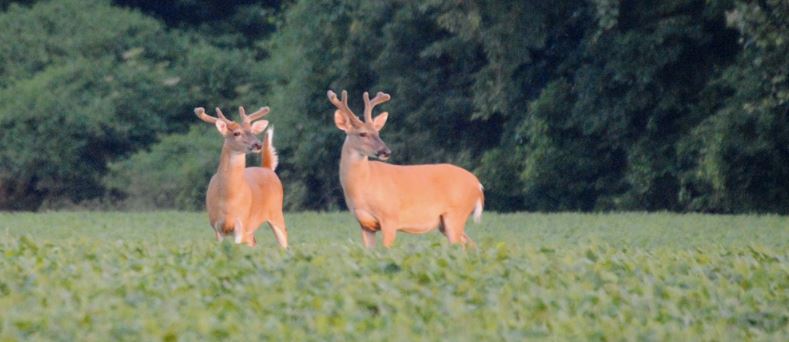Top Food Plot Considerations
Food plots are a great way to enhance a property and make it more attractive to specific wildlife species. In Texas, most food plots are planted for white-tailed deer management and hunting. Food plots may increase the value of deer hunting leases, make whitetail more visible for viewing, and improve the overall diet quality of a deer herd.
Our land consulting service can help you with food plots on your property from start to finish. Consider saving yourself time and money and contact us to help answer all those questions up front, saving yourself aggravation and reaching the goals for your property much sooner.

Plots in Perspective
Planting food plots is a good idea for many hunters and landowners, but it should be noted that food plots are not a replacement for inadequate habitat or poor land management. Food plots are never a silver bullet for solving wildlife management issues. They can, however, be a great compliment to habitat enhancement practices.
Most properties found in Texas have soils that are adequate for food plot establishment, but maintaining whitetail deer densities within the carrying capacity of the habitat, proper grazing management, and providing quality wildlife habitat should always be the first priorities of any management program.
This is because healthy plant communities produce healthy wildlife populations. Without adequate habitat, which is comprised of all of the necessary food, cover, water and space that an animal needs, then food plots will not compliment the required, but missing, habitat components that animals need. Plots are an important component of wildlife management, but only a part of it. Food plots for deer, like protein feeding, should provide supplemental forage for whitetail.
Best Food Plots on Texas Lands?
When it comes to Texas food plots, there are many types that can work for you. There are of course spring and fall food plots, but there are also a variety of plants that can be seeded to any given area. Not all are right for the soil. Not all are right for the wildlife that you may be interested it.
Perennial plants, for example, do not require planting every year. This is great for many landowners, but they also have a drawback. They produce less forage than annual plants. Annual plants, however, must be re-planted each season. Which one works best for you? This depends on your goals and objectives.
Food Plots for Better Whitetail
Many food plots are used strictly for hunting, but most ranches interested in whitetail deer management also use them strictly for supplemental forage. When properly established, food plots are much less expensive the other forms of supplemental feed.
To improve whitetail diet quality, most properties should plant at least 3 to 5 percent of the land in both cool and warm season food plots. Specific plot size depends on the density of whitetail deer in the area.
Our wildlife management consulting service can help determine the number of deer on your property, as well as the necessary food plot specs to produce better animals and to meet your goals. We can help identify the best places to develop food plots on your property and help ensure that you plant the right species as the right time.
Food Plots: Part of Land Management
In summary, food plots are but a single tool available to landowners for wildlife management. The best seed mix for Texas food plots will vary based on the soil and ecoregion of the site, but will also depend on the species the plot is targeting for management.
In Texas, most food plots are planted for whitetail deer, but they can also be very effective for turkey, dove, quail and waterfowl. If you are thinking about establishing food plots or are interested in more focused wildlife management on your property, contact our wildlife and land consulting service today.